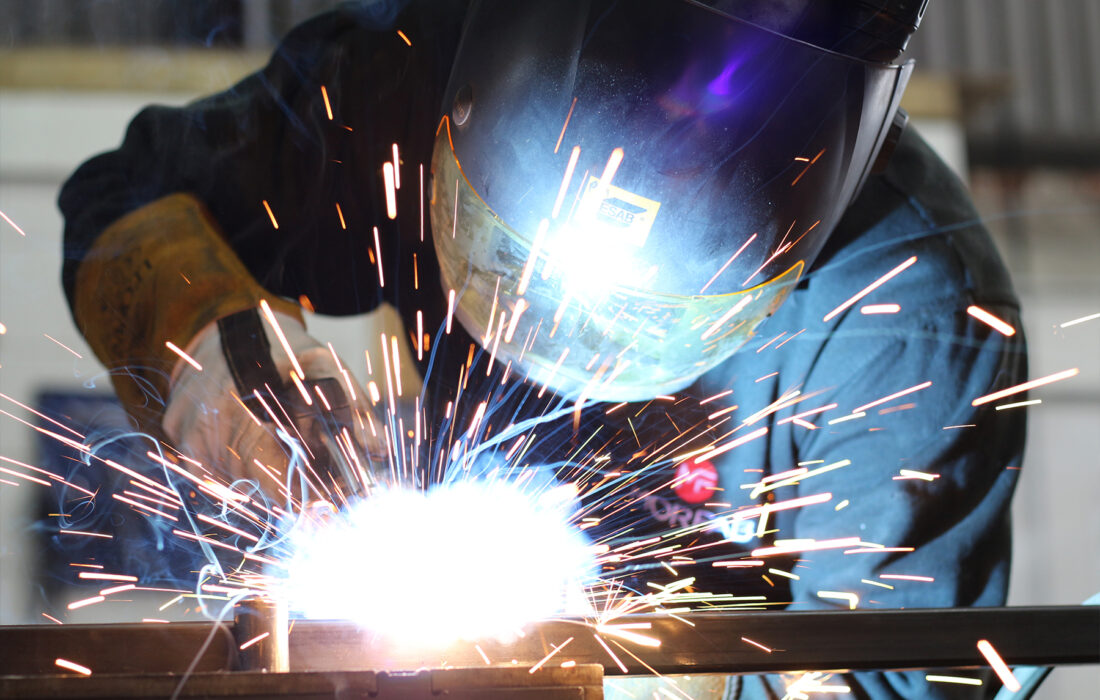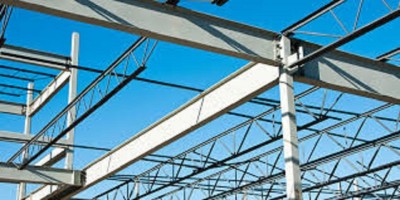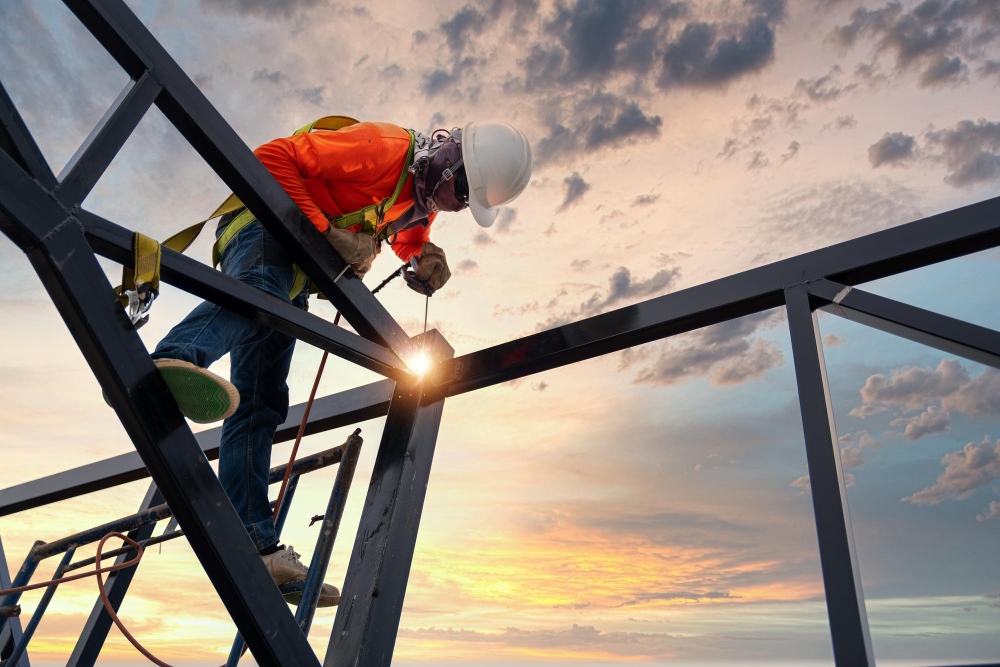Alpha Reo: Blazing A Trail in Reinforced Steel Solutions
Alpha Reo: Blazing A Trail in Reinforced Steel Solutions
Blog Article
Innovative Trends in Steel Fabrication: Enhancing Durability and Precision
In the realm of steel manufacture, the quest of sturdiness and accuracy has led to a wave of cutting-edge patterns that are reshaping the market. These patterns are not just shaping the present yet additionally laying the foundation for the future of steel fabrication, assuring additional improvements in sturdiness and precision.
Advanced Welding Technologies
In the world of steel construction, the adoption of cutting-edge welding modern technologies has significantly changed the industry's technique to achieving remarkable top quality and precision in structural welds. Advanced welding modern technologies, such as laser beam of light welding and friction stir welding, have arised as game-changers in the area. By leveraging these innovative welding strategies, steel makers can boost the durability, stamina, and accuracy of their structural welds, meeting the significantly requiring demands of contemporary building tasks.
Robot Automation in Manufacture
Embracing robotic automation has actually ended up being a cornerstone of modern steel fabrication methods, streamlining procedures and enhancing effectiveness across the market. Robots are revolutionizing the way steel elements are manufactured, using unequaled accuracy and rate while reducing human mistake. These automated systems can handle repeated jobs with constant precision, resulting in higher quality output.
One key benefit of robotic automation in steel fabrication is the ability to work all the time without tiredness, substantially boosting production result. This continuous operation lessens downtime and speeds up job timelines, ultimately saving costs for producers. Additionally, robotics can be configured to perform intricate tasks that might be dangerous or difficult for human employees, enhancing safety in the office.
Additionally, robot automation enables smooth combination with various other digital modern technologies, such as computer-aided layout (CAD) software program and Internet of Points (IoT) systems (steel fabricators melbourne). This interconnected strategy improves communication between different phases of manufacture, enhancing operations and ensuring real-time surveillance and control. As the steel manufacture market continues to develop, robotic automation attracts attention as a transformative pressure driving efficiency and precision in making processes

High-Strength Alloy Advancement
The innovation of high-strength alloy development in steel fabrication is reshaping the sector's technique to enhancing product toughness and efficiency. High-strength alloys are engineered to display premium mechanical residential or commercial properties, such as increased tensile strength, strength, and corrosion resistance compared to traditional steel grades. By integrating these advanced alloys right into manufacture processes, producers can generate components that withstand greater tension degrees and extreme atmospheres, causing even more sturdy and reputable output.
One trick advantage of high-strength alloy growth is the capability to decrease product density without endangering structural stability. This not only causes lighter-weight elements however also adds to set you back financial savings and boosted efficiency in fabrication and assembly procedures. The enhanced strength-to-weight ratio of these alloys allows for the design and building of frameworks with higher load-bearing capabilities while decreasing overall weight.
3D Modeling and Simulation Software
Improvements in steel fabrication procedures have actually been significantly driven by the combination of advanced 3D modeling and simulation software devices. These tools enable fabricators to produce comprehensive online versions of their projects, allowing them to imagine the end product with accuracy prior to any type of physical job starts. By imitating numerous stress factors, ecological conditions, and structural loads, producers can maximize designs for boosted durability and performance. Additionally, 3D modeling and simulation software improve the manufacturing procedure by recognizing possible problems early on, minimizing the demand for expensive rework and minimizing product waste.

Sustainable Practices in Steel Production
Incorporating sustainable methods into steel production processes is crucial for lessening ecological influence and ensuring long-lasting source accessibility. One essential sustainable practice is the fostering of energy-efficient technologies to lower greenhouse gas emissions during the steel production process. This consists of utilizing eco-friendly energy sources, such as solar or wind power, to power steel plants and executing energy-efficient devices to maximize energy use.
An additional crucial element of lasting steel manufacturing is the liable sourcing of basic materials. This entails making certain that the pop over here iron ore and other sources used in steelmaking are acquired from environmentally friendly and ethical resources. By advertising transparency in the supply chain and sticking to rigorous environmental requirements, steel makers can lessen the unfavorable impacts of source removal on local ecosystems and neighborhoods.

Conclusion
Finally, the cutting-edge fads in steel manufacture such as advanced welding technologies, robot automation, high-strength alloy development, 3D modeling and simulation software, and sustainable methods are boosting the longevity and accuracy of steel products. These advancements are changing the steel fabrication sector by improving sustainability, high quality, and effectiveness. article It is clear that the future of steel manufacture hinges on accepting these cutting-edge technologies to meet the demands of contemporary building and manufacturing markets.
In the realm of steel manufacture, the quest of sturdiness and precision has actually led to a wave of innovative patterns that are improving the market.In the world of steel manufacture, the adoption of advanced welding technologies has significantly transformed the sector's approach to attaining premium high quality and precision in architectural welds. As the steel fabrication industry continues to advance, robot automation stands out as a transformative pressure driving performance and precision in manufacturing procedures.
Moreover, recycling and recycling steel scrap and waste products play a significant find out here role in boosting the sustainability of steel production. steel fabrication melbourne.In final thought, the innovative fads in steel construction such as innovative welding technologies, robotic automation, high-strength alloy development, 3D modeling and simulation software program, and sustainable methods are enhancing the durability and accuracy of steel products
Report this page